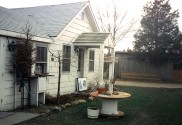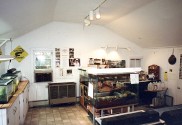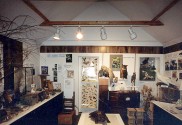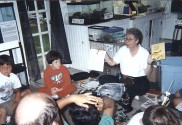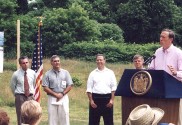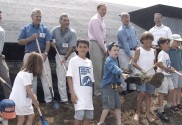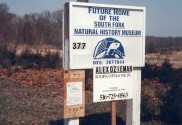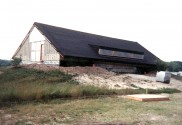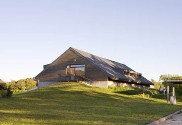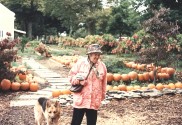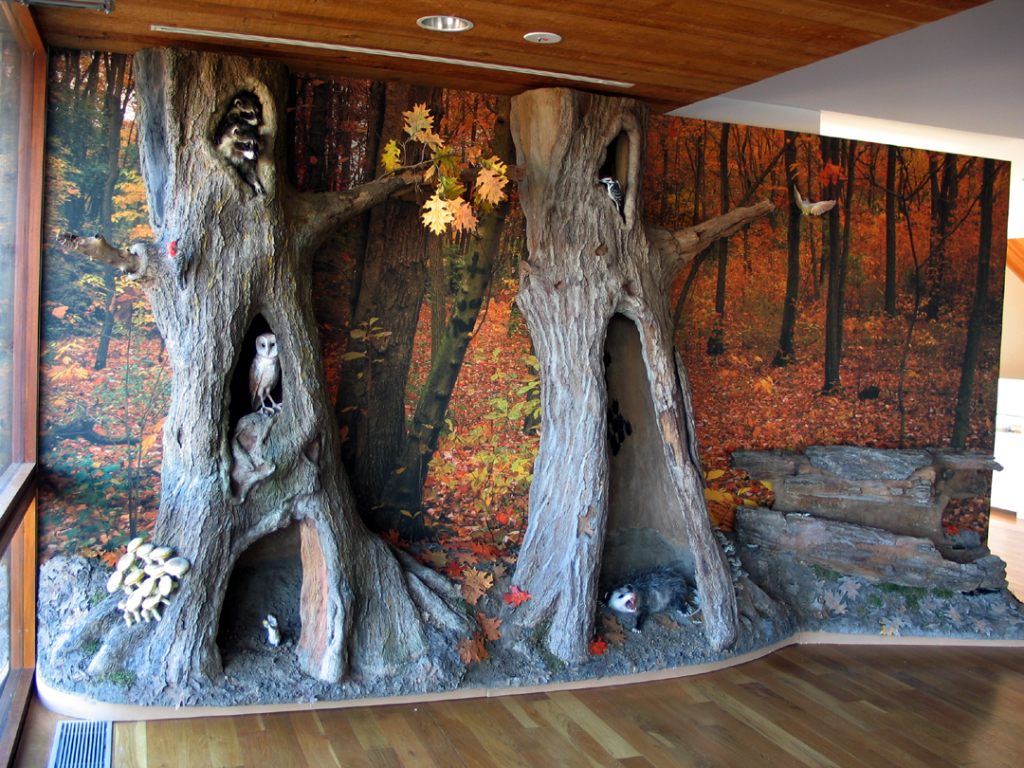 In 1988, a group of South Fork naturalists concerned about the future of the area’s fragile ecosystems formed a membership organization called the South Fork Natural History Society, better known as SOFO.
In 1988, a group of South Fork naturalists concerned about the future of the area’s fragile ecosystems formed a membership organization called the South Fork Natural History Society, better known as SOFO.
Their objective was twofold – to increase public awareness about the past, present, and future of eastern Long Island’s natural history and to share with others the joy they found when they went out “in the field,” exploring and learning. In 1989 SOFO obtained its charter from the New York State Department of Education, as well as its not-for-profit 501(c) 3 status. By its first year of operation, SOFO had a growing membership and a number of nature walks and programs for its members and the general public.
During the initial years, the organization operated out of a small building in Amagansett called the Nature Clubhouse. The Clubhouse was a draw for many children who made repeated visits to study the amphibians and reptiles housed there. Others came to learn about the insects netted from an adjacent pond or to watch the process of metamorphosis of butterflies or frogs.
The Nature Clubhouse was a place to hang out, do research for school reports, mull over the bones and feathers, seashells and wildflowers, pond water and land insects, and sticky slugs, found on the shelves and tables. It was also a place to bring that unknown treasure, an insect specimen or a special flower for identification, to experiment with microscopes and magnifying glasses, and to learn how an insect sees. In short, it was loads of fun. In many ways, the SOFO Nature Clubhouse served as a prototype in planning the South Fork Natural History Museum as a place of exploration and discovery.
Throughout the 1990s, SOFO had a full schedule of weekend nature walks and programs. Among its many programs, SOFO sponsored an important conference on the future of the endangered Eastern Tiger Salamander. The conference brought together experts on amphibians and provided information about the environmental pressures on the lives of our local animals.
In 1999, eleven years after its founding, and after an exhaustive search for an appropriate site, the Society’s dream of establishing the South Fork Natural History Museum and Nature Center was realized. In that year the Society purchased three acres and two buildings in Bridgehampton, New York, at 377 Bridgehampton/Sag Harbor Turnpike, on which to build the first and only Natural History Museum and Nature Center on the South Fork.
The Bridgehampton site was chosen because of its important natural location and the opportunities it afforded for interpretive research. Contiguous with over 800 acres of preserved land owned by the Town of Southampton, Suffolk County, and the Nature Conservancy, the site is part of the Long Pond Greenbelt system. This natural system, with nine miles of hiking trails, stretches from glacial moraine highlands near Sag Harbor on the north to Sagaponack and the Atlantic Ocean on the south. The Greenbelt is one of the unique natural treasures of New York State due to its rich biodiversity and its many species of rare and endangered animals and plants.
The Society began the construction of the $5 million dollar, 6,400 square foot Museum and Nature Center, designed by the New York firm of Rogers Marvel Architects, in April 2001. The area surrounding the museum was landscaped by the design firm of Quennell Rothchild & Partners using native trees, shrubs, and plants.
SOFO received grants from both the New York State Council on the Arts and the New York State Office of Parks, Recreation and Historic Development to help with costs of designing and constructing the museum. The remaining costs were offset by foundation grants and individual contributions.
On May 31, 2005, after 16 years of planning, the South Fork Natural History Museum and Nature Center opened its doors to the public.
We are now celebrating 34 years as a leader in environmental education.
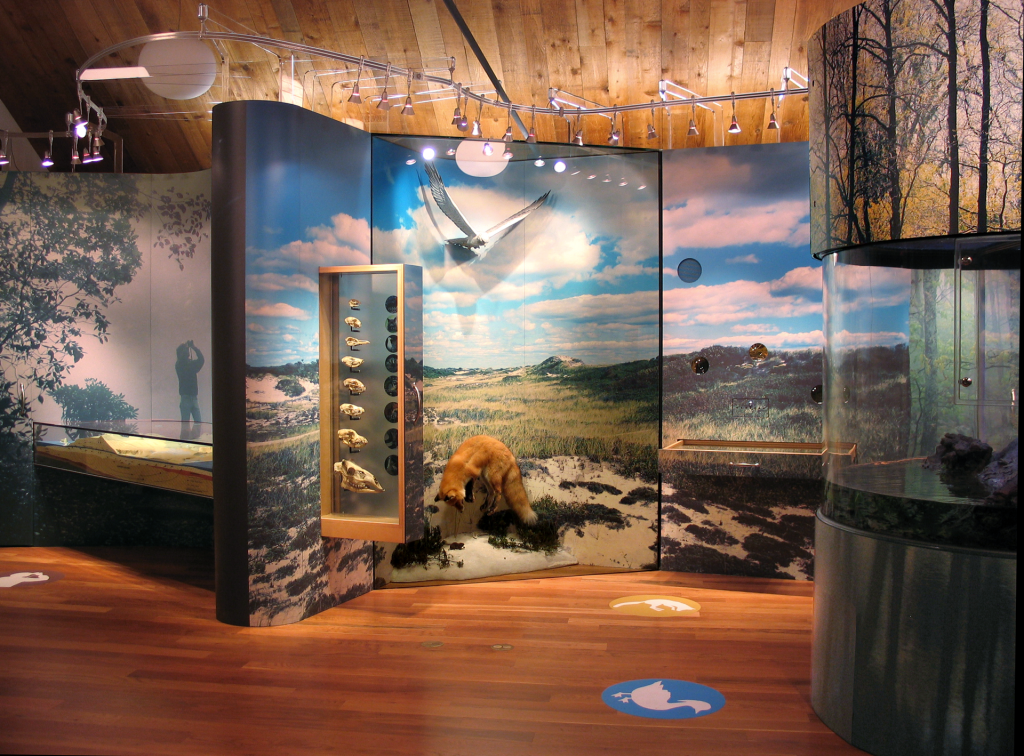

 In 1988, a group of South Fork naturalists concerned about the future of the area’s fragile ecosystems formed a membership organization called the South Fork Natural History Society, better known as SOFO.
In 1988, a group of South Fork naturalists concerned about the future of the area’s fragile ecosystems formed a membership organization called the South Fork Natural History Society, better known as SOFO.